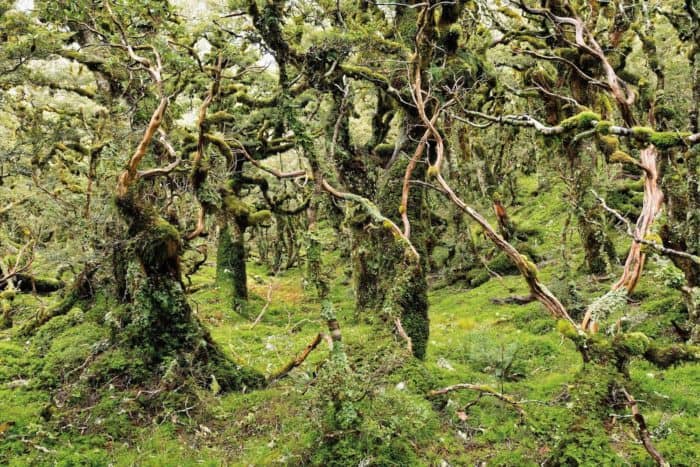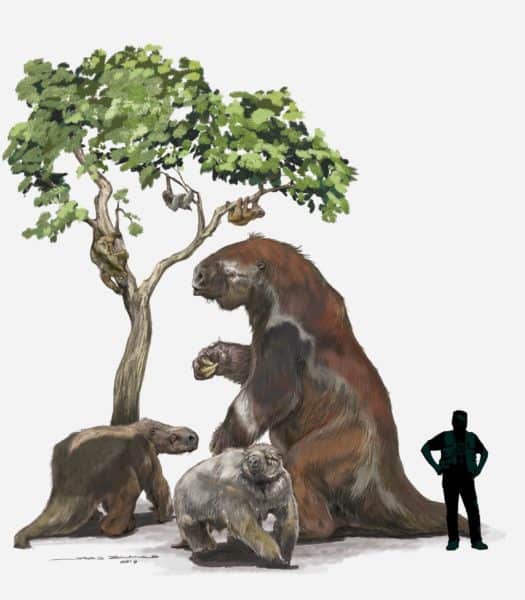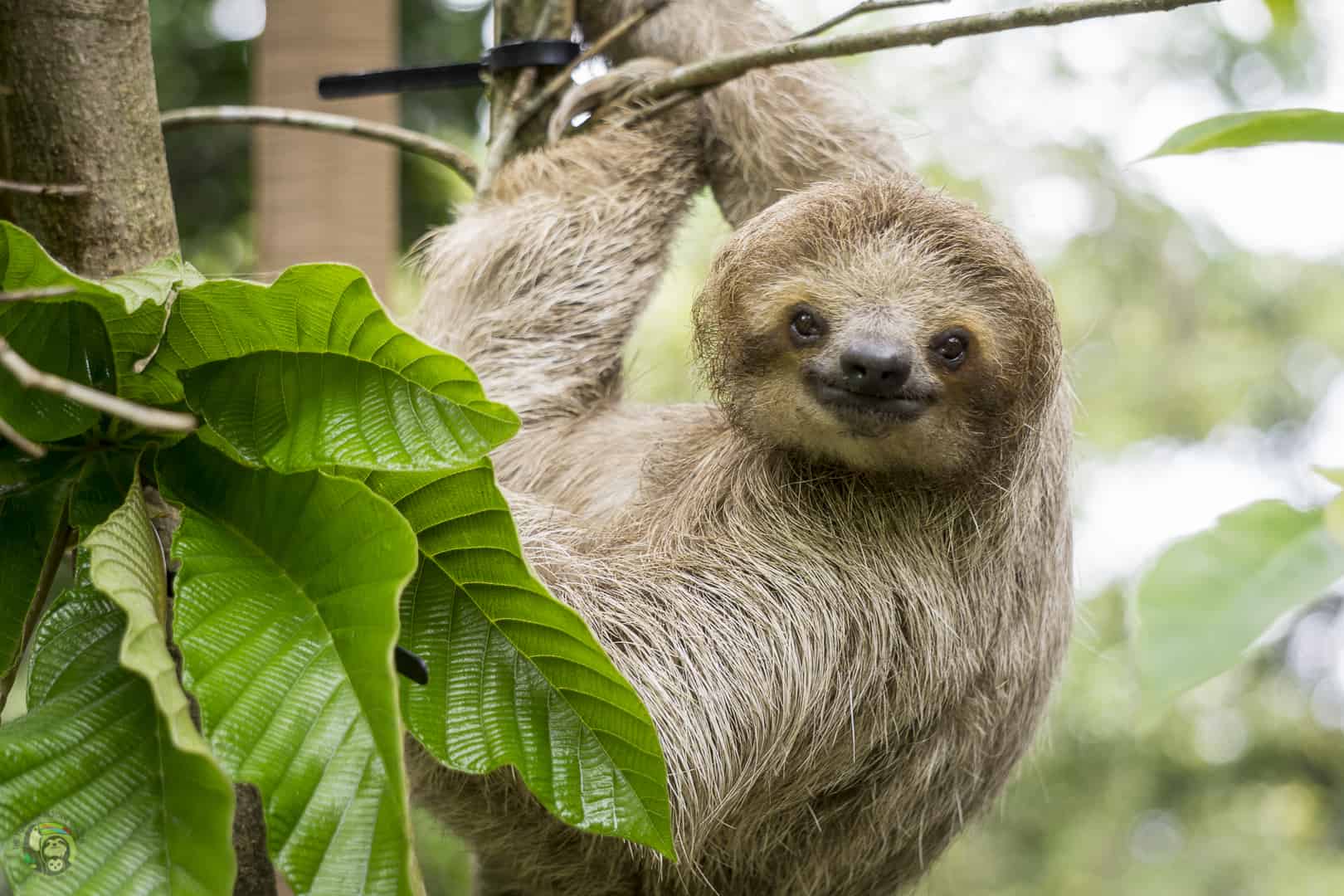Picture yourself walking in a wonderful temperate forest like those of modern-day New Zealand, vegetation all around you as far as the eye can see. You find yourself surrounded by plants that are foreign to you and animals that look unlike everything you’ve ever seen.
Marsupials, furry creatures with bags to hold their children, are walking and running and jumping all around you. Across the horizon, you spot a hulking figure, so different from any other animal that identifying it is quite cumbersome. But as it moves you can’t help being reminded of a small Central and South American creature: the humble sloth.

It stands before you in its ancient, magnificent, ground-dwelling glory, and oh boy is it a sight to behold. It’s 45 million years ago, and this is Antarctica, and yet there’s no ice to speak of — the climate is temperate and the vegetation exuberant, and all around, you see sloths, marsupials and anteaters. In what is now the coldest place on Earth, life used to thrive.
It’s no secret that sloths used to be one of the most biodiverse groups of mammals to ever populate the Americas. Starting about 50 million years ago in the early Eocene, sloths started to steadily spread across the American continent, colonizing almost every niche that their claws could get into. Fossil evidence shows that sloths successfully covered most of the continent all the way from Canada going into and through the ocean into the Antilles and spreading as South as Antarctica!

It may be quite difficult to think of our modern-day tropical sloths in even the temperate conditions of the forests of Eocene Antarctica, but the fossil evidence doesn’t lie: Teeth belonging to ancient sloths have been found in today’s Seymour island, proving that our little buddies used to roam the icy continent.
Nowadays sloths are more adapted to their tropical environment. Their metabolism, the energy they require to keep living, is very adapted to a tropical temperature, making them consume less food when it’s cold (as well as when it’s too hot). This is unlike most other mammals, which derive heat from food, and as such eat more when it’s cold. It’s been a long time since sloths abandoned the relative cold of the temperate regions and moved into the more comfortable humid heat of the tropics.

Sloths have diminished in biodiversity throughout the millennia, leaving only six extant species in the world. Maintaining the proud legacy of the sloth should always be one of our concerns. Sloths face threats due to the expansion of humans into natural spaces for urbanization, agriculture, and cattle production as well as dog attacks and car accidents due to roads crossing the rainforest, and power line electrocutions.
Because of this, it’s important to support organizations like Toucan Rescue Ranch that help our sloths and keep them in the wild, where they belong.
— Andrés Sáenz Bräutigam is a Veterinary Medicine Student & TRR Veterinary Assistant & Tour Guide.

This article was produced by The Toucan Rescue Ranch. The Toucan Rescue Ranch specializes in helping wild animals recover so that they can be reintroduced into the wild.






